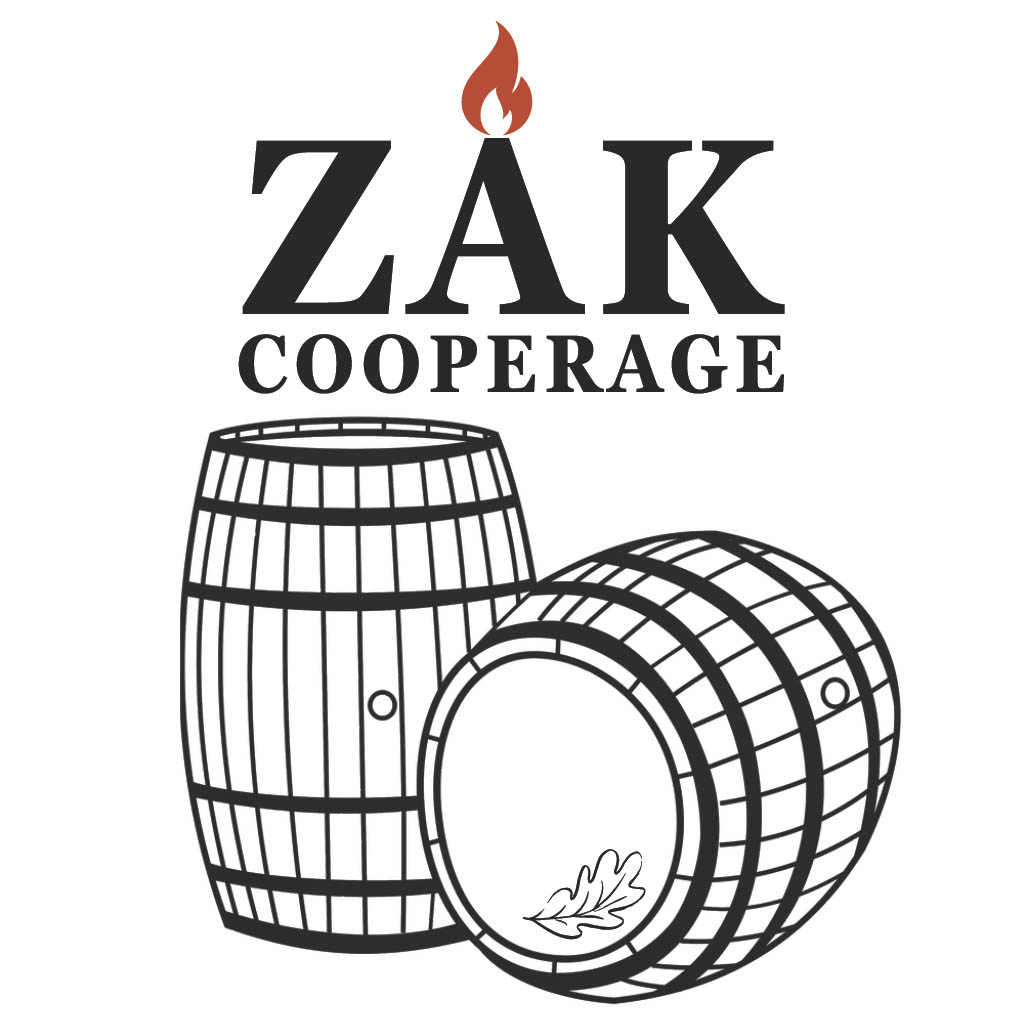Every glass of whiskey tells a story—of craftsmanship, time, and the natural resources that shape its flavor. But behind every sip lies an unsung hero: the barrel. Whiskey barrel aging is more than a technique; it’s an art that transforms raw spirit into a complex, nuanced masterpiece.
What many don’t realize is that the sustainability of the barrels themselves plays a crucial role—not only in enhancing the flavor of whiskey but also in preserving our forests and supporting local loggers. In this blog, we’ll uncover the intricate craft of whiskey barrel aging and why choosing sustainably sourced barrels matters for the future of whiskey and the environment.
1. The Role of Whiskey Barrels in Aging
Whiskey barrels are not mere containers; they’re active participants in the aging process. The wood interacts with the whiskey, imparting flavor, color, and character over time.
- Flavor Infusion: Oak barrels, especially white oak, release compounds like vanillin and tannins, which add notes of caramel, vanilla, and spice.
- Natural Filtration: The wood’s porous nature allows the whiskey to breathe, filtering impurities and mellowing harsh notes.
- Color Development: Whiskey’s amber hues come directly from the barrel, as the spirit absorbs pigments from the wood.
Fun Fact: A whiskey barrel can be used up to four times in the aging process, but its flavor contribution decreases with each use, making the first aging cycle the most impactful.
2. Why Sustainable Barrels Matter
The traditional production of whiskey barrels depends on mature oak trees, many of which take decades to grow. Unsustainable harvesting can lead to deforestation and ecological imbalance. Here’s how sustainable practices make a difference:
- Forest Regeneration: Responsible forestry ensures that trees are replanted for every oak harvested, maintaining healthy forest ecosystems.
- Support for Local Loggers: Sustainable barrel-making supports loggers who follow ethical practices, preserving jobs and promoting responsible forestry in local communities.
- Longevity of Resources: Sustainable practices ensure that future generations can continue crafting and enjoying whiskey without depleting natural resources.
Industry Insight: Some distilleries now work directly with cooperages that adhere to FSC (Forest Stewardship Council) certification to guarantee sustainable sourcing.
3. The Craftsmanship Behind Sustainable Barrels
Creating a whiskey barrel is a meticulous process that combines traditional craftsmanship with modern sustainability efforts.
Steps in the Barrel-Making Process:
- Selection of Wood: Sustainable cooperages source white oak from responsibly managed forests.
- Seasoning: The wood is air-dried and seasoned for up to two years, a process that reduces harsh tannins.
- Assembly: Skilled coopers handcraft each barrel, using no nails or glue—just precision and expertise.
- Charring: The barrel interior is charred to create a layer that caramelizes the wood sugars, essential for flavor infusion.
Sustainable cooperages often reduce waste by repurposing wood scraps for other uses, such as mulch or biofuel, further minimizing environmental impact.
4. The Environmental and Economic Impact of Sustainable Barrels
By choosing sustainable barrels, distilleries can significantly reduce their carbon footprint while contributing to local economies.
- Environmental Impact:
- Prevents deforestation by using certified wood.
- Supports biodiversity by maintaining forest health.
- Reduces waste through efficient use of materials.
- Economic Impact:
- Boosts local logging industries that adhere to ethical practices.
- Encourages partnerships between distilleries and cooperages, fostering community growth.
5. How You Can Support Sustainable Whiskey Production
As a whiskey enthusiast, you can make choices that promote sustainability:
- Support Distilleries with Sustainable Practices: Research and purchase from brands that prioritize sustainable barrel sourcing.
- Educate Yourself: Look for certifications like FSC or other eco-friendly labels on whiskey packaging.
- Spread Awareness: Share the importance of sustainable practices with fellow whiskey lovers to create a ripple effect of conscious consumption.
Conclusion
Sustainable whiskey barrels are more than a trend—they’re a necessity for preserving the craft, environment, and community behind every bottle. By supporting distilleries that prioritize sustainability, you’re not only enjoying a superior product but also contributing to a future where whiskey continues to be a cherished tradition.
So, the next time you raise a glass, remember the barrel that made it possible—and the sustainable practices that make it meaningful.
